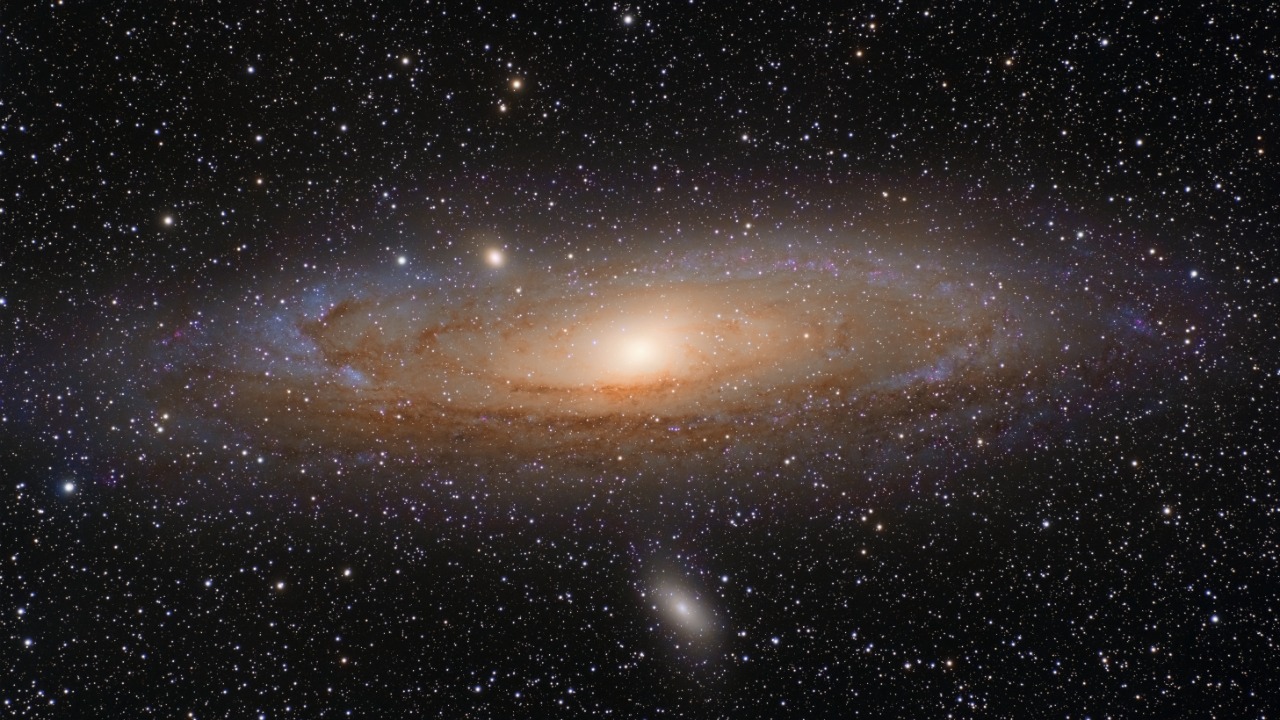
Astronomers have unveiled the largest-ever galaxy cluster catalog, a monumental achievement that could unlock new insights into the dark universe by mapping cosmic structures on an unprecedented scale. This breakthrough aligns with recent revelations from the largest-ever map of space, which suggests that our understanding of dark energy might be fundamentally flawed. Researchers have noted that “the universe has thrown us a curveball,” challenging existing models. Furthermore, the largest-ever map of the universe has revealed ten times more early galaxies than expected, posing significant questions about cosmic evolution.
The Largest-Ever Galaxy Cluster Catalog
The newly announced galaxy cluster catalog represents the most extensive compilation of its kind, marking a significant milestone in astronomical research. This catalog builds on previous surveys, offering a comprehensive view of galaxy clusters that could provide crucial insights into the dark universe. By examining the alignments and gravitational effects of these clusters, scientists hope to better understand the distribution of dark matter, which remains one of the universe’s most elusive components. The announcement of this catalog on October 23, 2025, has already begun to influence ongoing research, offering a new lens through which to explore the cosmos.
This catalog’s potential to reveal clues about dark matter is particularly exciting. By analyzing the gravitational effects observed in the data, researchers can infer the presence and distribution of dark matter within these clusters. This approach could lead to breakthroughs in understanding how dark matter influences the formation and evolution of cosmic structures. The immediate impact of this catalog on astronomical research is profound, as it provides a new framework for studying the universe’s most mysterious elements.
Reassessing Dark Energy with New Cosmic Maps
The largest-ever map of space, released on March 19, 2025, has challenged existing models of dark energy by revealing unexpected patterns in the universe’s expansion. This map suggests that our current understanding of dark energy may be fundamentally flawed, as evidenced by the surprising findings that have led researchers to declare, “the universe has thrown us a curveball.” These revelations challenge the standard cosmological constant, prompting a reevaluation of how dark energy behaves and interacts with other cosmic forces.
The discrepancies in dark energy behavior highlighted by this map could be linked to the dynamics of galaxy clusters, offering a potential pathway to a unified understanding of cosmic acceleration. By examining how these clusters interact with dark energy, scientists can develop new models that better explain the universe’s rapid expansion. This research could pave the way for alternative theories that integrate the unexpected findings from the map with the insights gained from the galaxy cluster catalog.
Surprising Findings on Early Galaxies
The release of the largest-ever map of the universe on June 7, 2025, has uncovered a staggering ten times more early galaxies than predicted by current formation theories. This discovery challenges existing models of cosmic evolution, as these early galaxies exhibit unexpected numbers and brightness. The map’s deep-field observations have revealed these galaxies in unprecedented detail, prompting a reevaluation of how structures formed in the early universe.
The abundance of early galaxies raises broader questions about the dark universe, particularly regarding the role of dark matter in rapid structure formation. The presence of so many early galaxies suggests that dark matter may have played a more significant role in shaping the young cosmos than previously thought. This finding could lead to new theories about how dark matter influences the formation and evolution of galaxies, providing a deeper understanding of the universe’s earliest moments.
Implications for Cosmological Models
The combined evidence from these maps and catalogs suggests that revisions to the Lambda-CDM model may be necessary. The unexpected findings regarding dark energy and early galaxies challenge the current framework, indicating that new models must integrate these insights to provide a more accurate picture of the universe. By using the galaxy cluster catalog to test alternative dark energy theories, researchers can explore how these theories align with the observed excess of early galaxies.
Future observations will be crucial in refining these models and enhancing predictions about the universe’s dark components. Collaborations between projects, such as those responsible for the March 19 and June 7 maps, could lead to a more comprehensive understanding of the dark universe. By integrating data from these sources, scientists can develop more robust theories that account for the complexities of dark energy and dark matter, ultimately advancing our knowledge of the cosmos.
More from MorningOverview